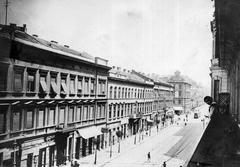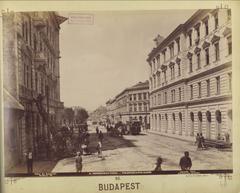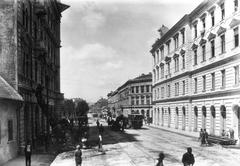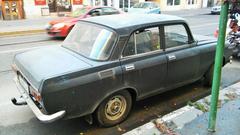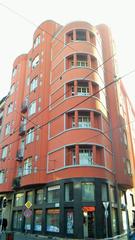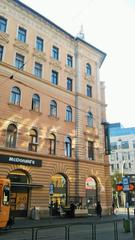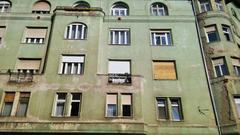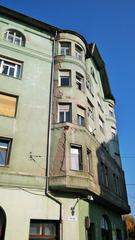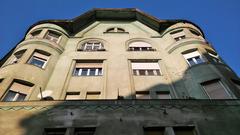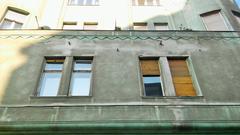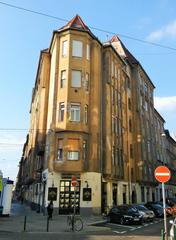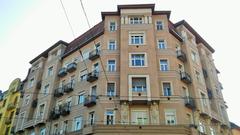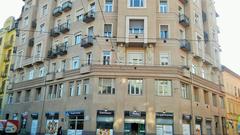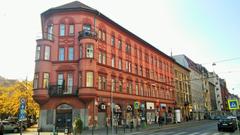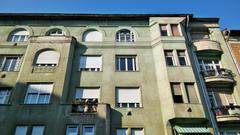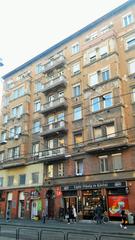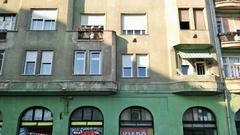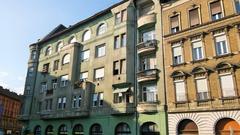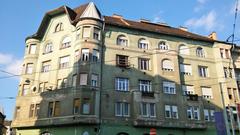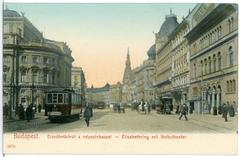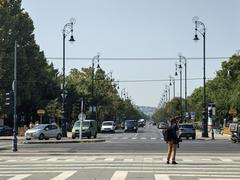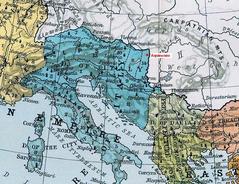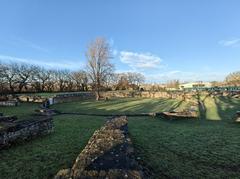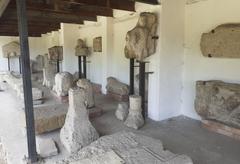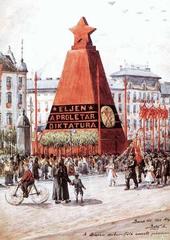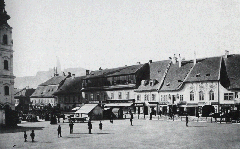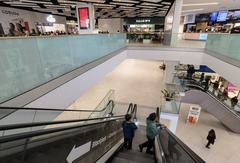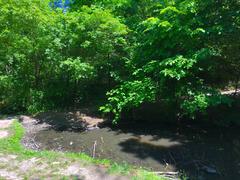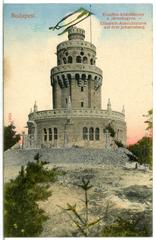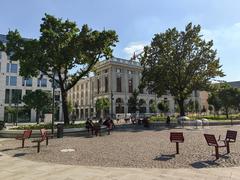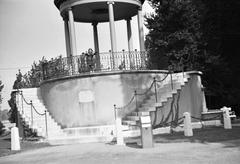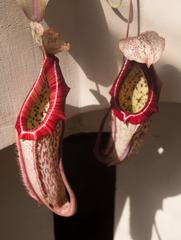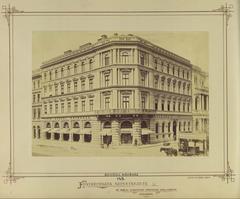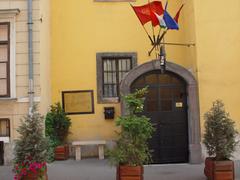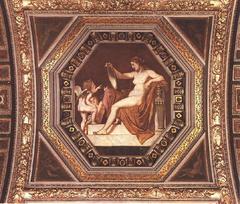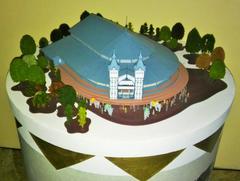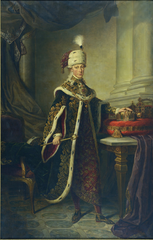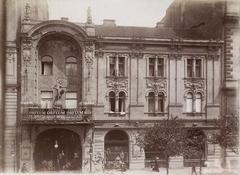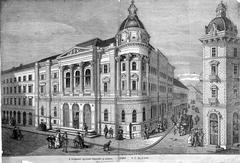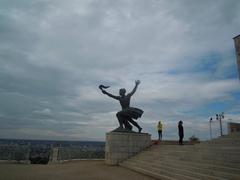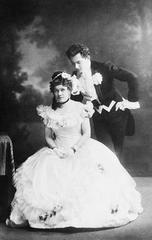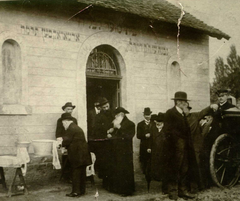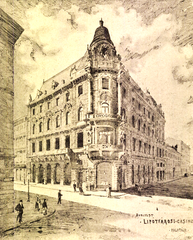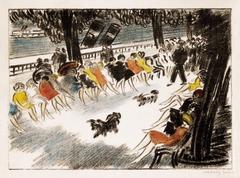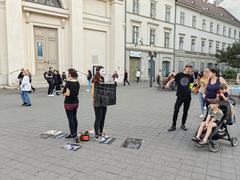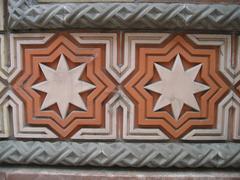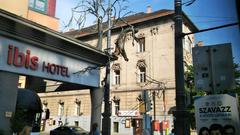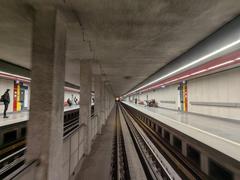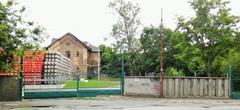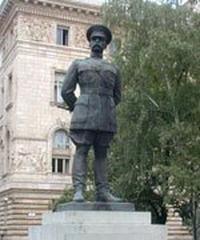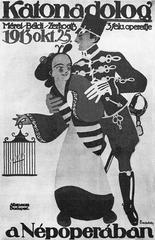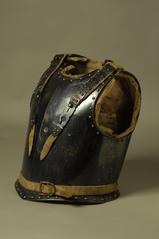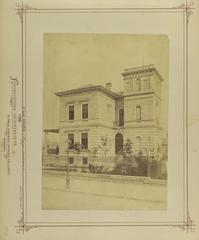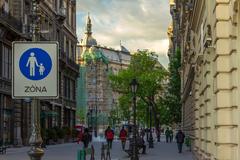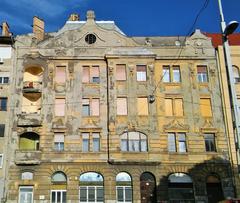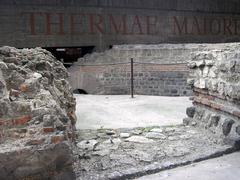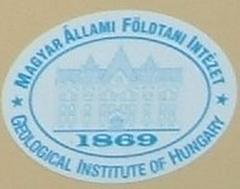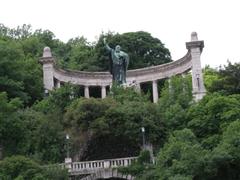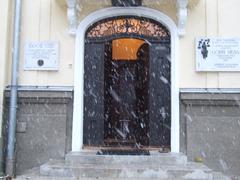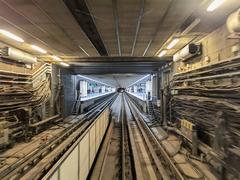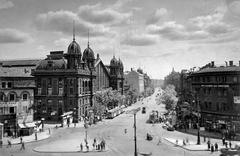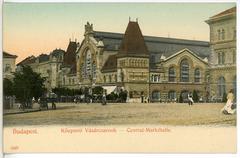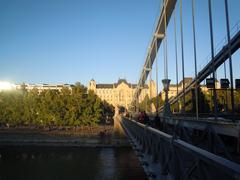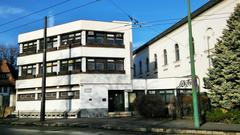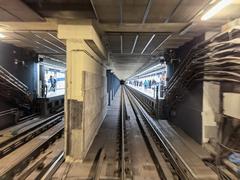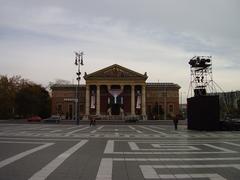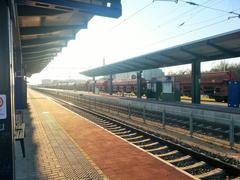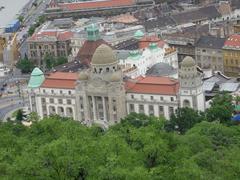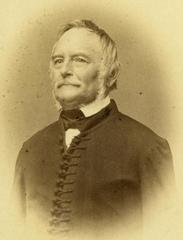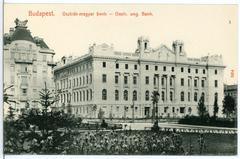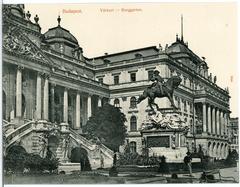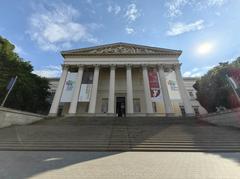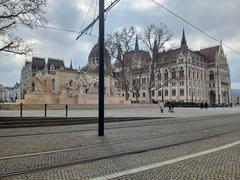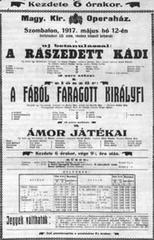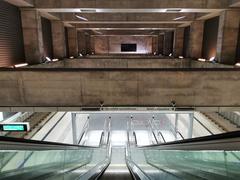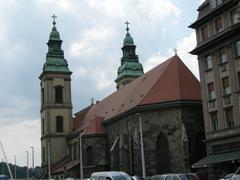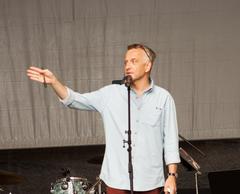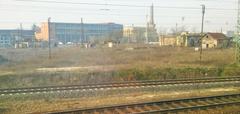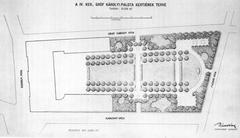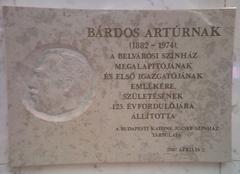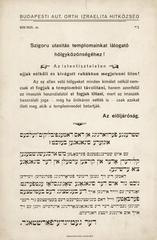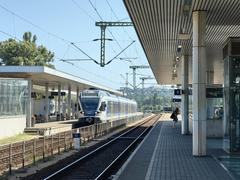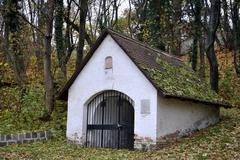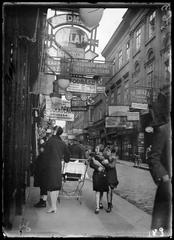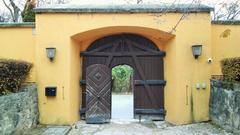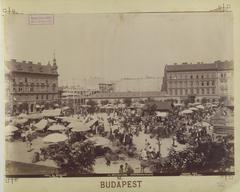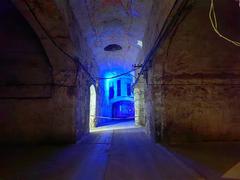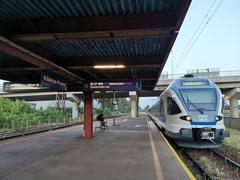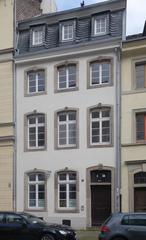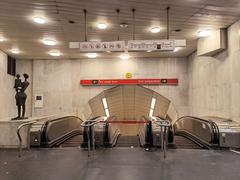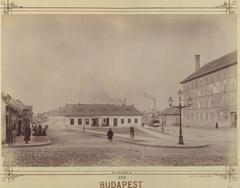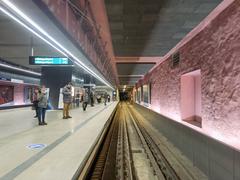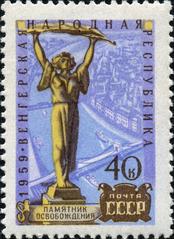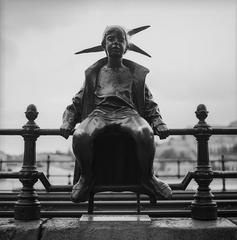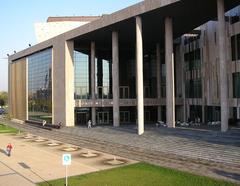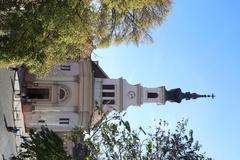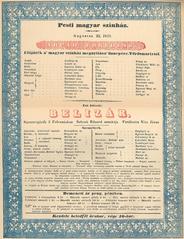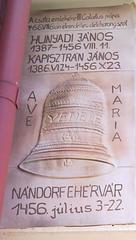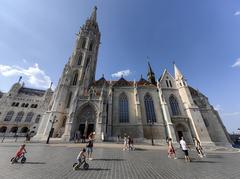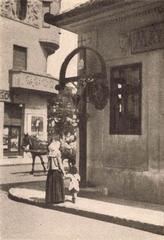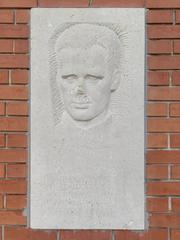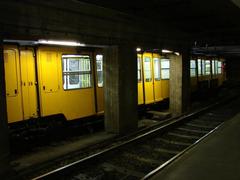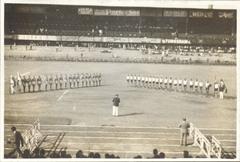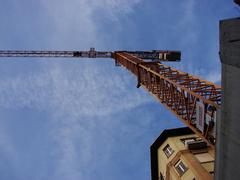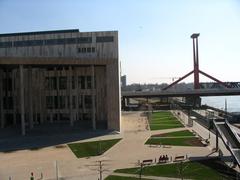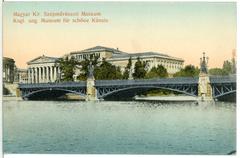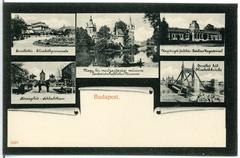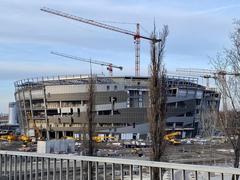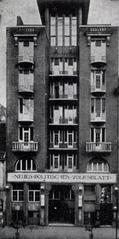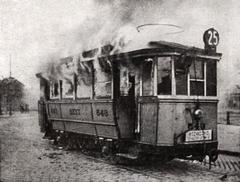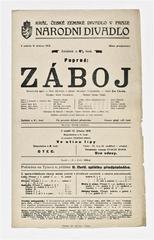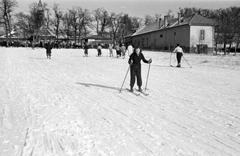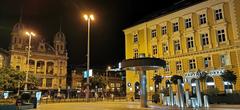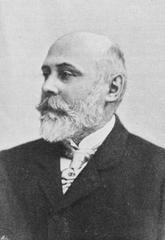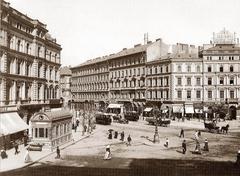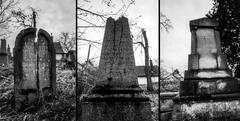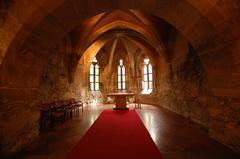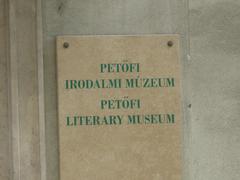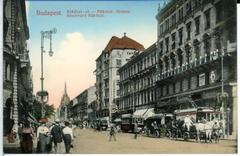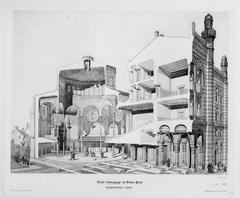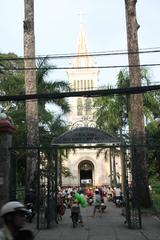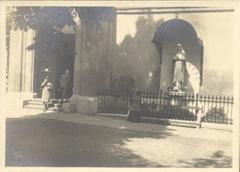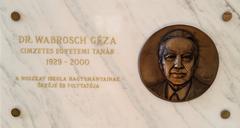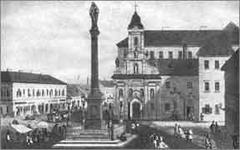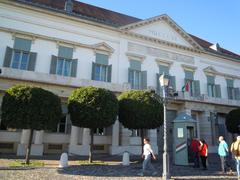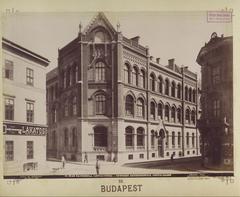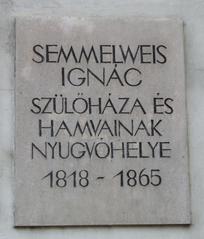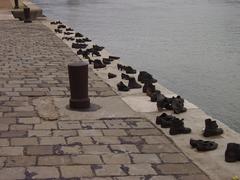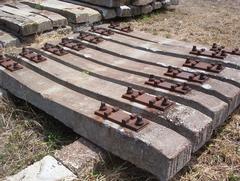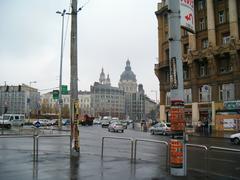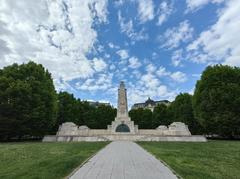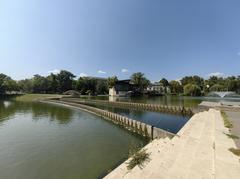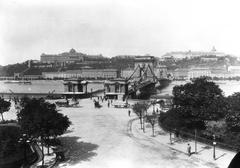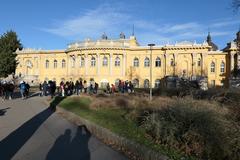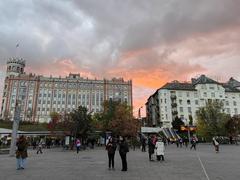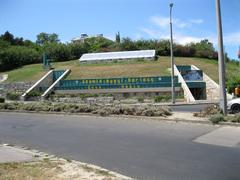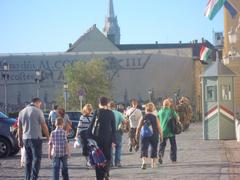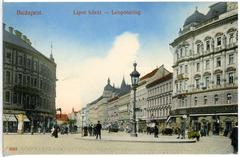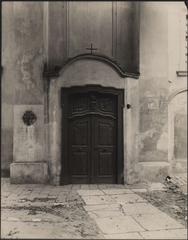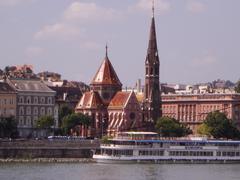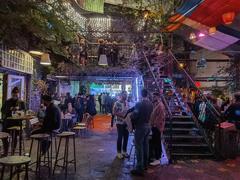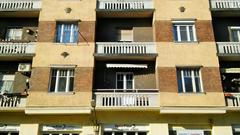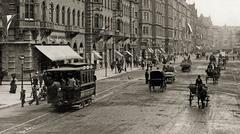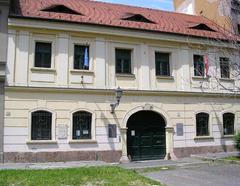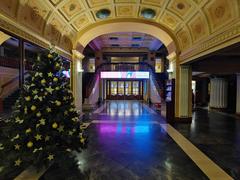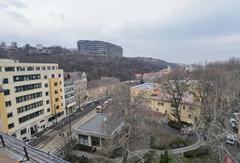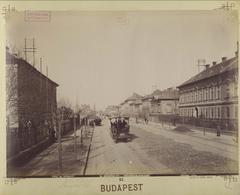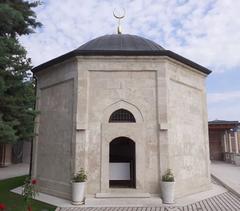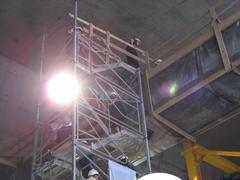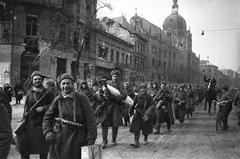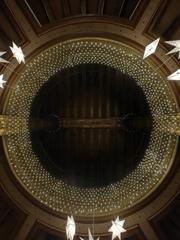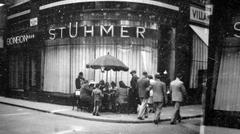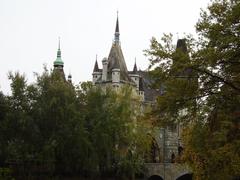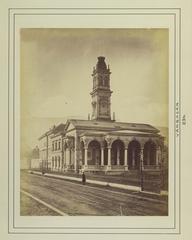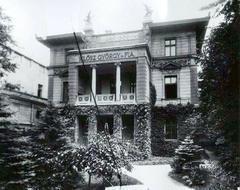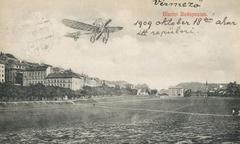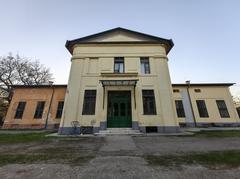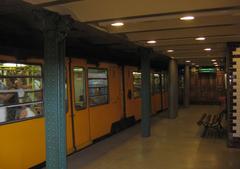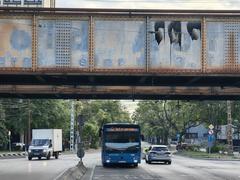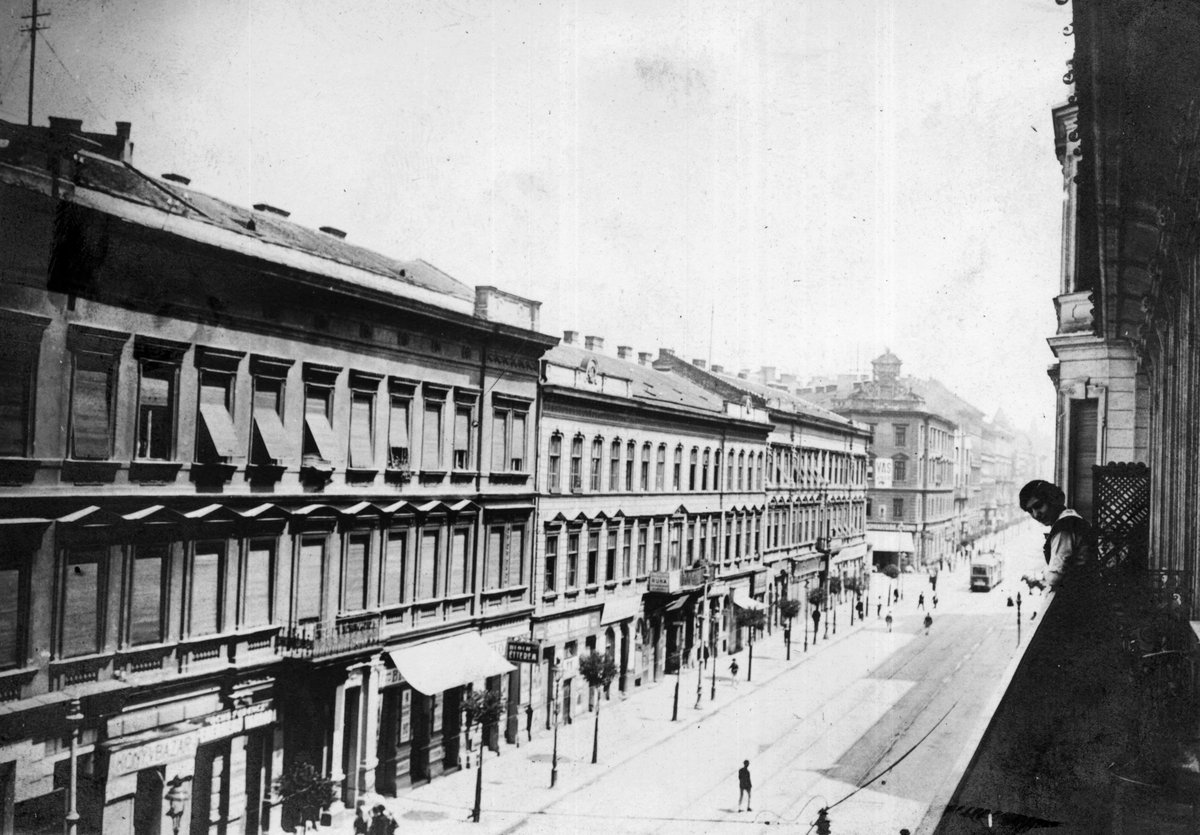
Népszínház Street Budapest: Visiting Hours, Tickets, and Historical Sites Guide
Date: 15/06/2025
Introduction: The Heart of Józsefváros
Népszínház Street, found in Budapest’s 8th district (Józsefváros), serves as a dynamic artery linking Blaha Lujza Square to Teleki László Square. The street reflects the city’s layered history, from its origins as an 18th-century route to a vibrant showcase of architecture, Jewish heritage, and multicultural urban life. Once known as Keresztúri országút and later as Baromvásár utca, it evolved rapidly after the Austro-Hungarian Compromise of 1867, especially following the establishment of the iconic Népszínház (People’s Theatre) in 1875 (Wikipedia; PestBuda).
Today, Népszínház Street is a lively blend of historical architecture, contemporary culture, and diverse communities, accessible via several tram lines and Budapest’s metro network. This guide provides essential information for visitors—covering historical background, architectural highlights, transportation, safety, and insider tips to help you explore one of Budapest’s most authentic districts.
Table of Contents
- History and Evolution
- Architectural Highlights
- Jewish Heritage and Cultural Sites
- Practical Information and Visiting Hours
- Contemporary Culture and Culinary Scene
- Transportation and Accessibility
- Safety and Visitor Tips
- Frequently Asked Questions (FAQ)
- Visual Highlights
- Useful Links
- Conclusion and Call to Action
- References
History and Evolution
Origins and Theatrical Significance
Népszínház Street began as Keresztúri országút, a countryside road, and over time became a bustling market street, known by various names reflecting its trading role (Wikipedia). The transformation accelerated with the opening of the Népszínház (People’s Theatre) in 1875. The impressive theatre, designed by Ferdinand Fellner and Hermann Helmer, seated nearly 2,000 people and became a cultural centerpiece (PestBuda). Stars like Lujza Blaha performed here, and the theatre’s influence led to the street’s renaming.
Although the original theatre was demolished in 1965, its legacy endures in the street’s name and cultural memory. The area continued to develop in the 20th century with cinemas and new venues, shaping a vibrant urban identity (Art is Business).
Architectural Highlights
Népszínház Street is a showcase of architectural diversity, with buildings reflecting styles from Art Nouveau and Art Deco to Eclecticism.
- Népszínház utca 19: Designed by Béla Lajta, its folk embroidery motifs and luxury details mark early 20th-century sophistication.
- Népszínház utca 22: The street’s largest building, easily recognized by its prominent brewery mosaic.
- Népszínház utca 25: Features a unique sgraffito frieze with courtship scenes.
- Népszínház utca 37: A residential building situated among historic sites, convenient for visitors (Wikipedia).
- Népszínház utca 40: An Art Nouveau masterpiece by József Porgesz and Izsó Sugár, renowned for butterfly-shaped ironwork and Jewish cultural significance (Buildings Tell Tales).
These buildings not only exhibit architectural excellence but also tell stories of Budapest’s multicultural history, particularly its Jewish community.
Jewish Heritage and Cultural Sites
Népszínház Street’s Jewish history is evident in its architecture and cultural venues:
- Népszínház utca 40: Home to the Nagy Komédia (Grand Comedy) Theatre, opened in 1928, hosting celebrated Jewish performers (Buildings Tell Tales).
- Star Houses: Buildings such as numbers 31 and 59 served as “star houses” during WWII, with plaques commemorating those who lived and resisted here.
- Nearby Kálvin Square Synagogue: A short walk away, this historic synagogue deepens the area’s Jewish significance.
Community organizations like the Gláser Jakab Foundation offer further historical context and educational resources.
Practical Information and Visiting Hours
- Street Access: Népszínház Street is a public street, open 24/7. No tickets or entrance fees are required.
- Building Access: Most buildings are residential or commercial; interior visits are available only during special events or guided tours. Check local tour operators for schedules (Budapest by Locals).
- Best Visiting Times: Daytime is ideal for exploring architecture and taking photos. Evenings offer a lively atmosphere, especially in local eateries and bars.
- Guided Tours: Several organizations offer walking tours focusing on architecture, Jewish heritage, or multiculturalism. Advance booking is recommended.
Contemporary Culture and Culinary Scene
Népszínház Street thrives as a multicultural, creative neighborhood:
- ISBN and Dobozi 21: Venues dedicated to art, independent publishing, and cinema.
- Cargonomia & Repair Café: Centers for sustainable urban living and community workshops (Cooperative City).
- Cafés and Eateries: Enjoy Turkish bakeries, Vietnamese pho bars, Balkan food stands, and Hungarian classics like főzelék and schnitzel at local favorites such as Öcsi and Kastner (Offbeat Budapest).
Nearby Teleki tér is a hub for markets and seasonal festivals, providing further opportunities for cultural immersion.
Transportation and Accessibility
Népszínház Street is easily reached via Budapest’s public transport network:
- Metro: Blaha Lujza tér (Line 2) and II. János Pál pápa tér (Line 4) are the closest stations.
- Trams and Buses: Lines 4, 6, 28, 28A, 37, 37A, 62, 99, and 217E serve the area (Wikipedia).
- Trolleybus: Line 83.
- Bike and Scooter Sharing: MOL Bubi and e-scooters are widely available.
- On Foot: The street is pedestrian-friendly, though some surfaces may be uneven due to historic paving.
Most public areas are accessible, but note that some older buildings may limit access for those with reduced mobility. Public transport tickets must be validated before boarding; single tickets are HUF 450, and 24-hour passes are HUF 2,500.
Safety and Visitor Tips
- General Safety: The area is generally safe, especially by day. Standard urban precautions are advised after dark (Reddit).
- Pickpocketing: Stay alert in crowded areas and on public transport.
- Taxis and Ride-shares: Use licensed taxis or reputable apps only.
- Cash and Payments: Hungarian Forint (HUF) is standard. Smaller shops may prefer cash.
- Photography: Respect residents’ privacy—ask before photographing people or interiors.
- Identification: Carry a copy of your passport or ID.
Frequently Asked Questions (FAQ)
Q: Is Népszínház Street free to visit?
A: Yes, it is a public street with no entrance fees.
Q: Are there guided tours available?
A: Yes, including architecture, Jewish heritage, and multiculturalism tours. Check with local operators for details.
Q: Is the area wheelchair accessible?
A: The street is mostly flat, but some older buildings have limited access. Contact tour providers in advance for specifics.
Q: What is the best way to get there?
A: Public transport—Metro Lines 2 and 4, numerous tram and bus lines.
Q: Are there special events or community festivals?
A: Yes, especially at Teleki tér and community venues. Check local event calendars.
Visual Highlights
View of Népszínház Street with historic buildings and tram lines.
The bustling Blaha Lujza Square at the street’s western end.
Replace example.com with actual image sources when available.
Useful Links
- Official Budapest Tourism Website
- PestBuda Cultural Articles
- Budapest Public Transport Info
- Gláser Jakab Foundation
- Cooperative City
- Buildings Tell Tales
- Offbeat Budapest
Conclusion and Call to Action
Népszínház Street is a living microcosm of Budapest’s evolution, boasting architectural wonders, enduring Jewish heritage, and a thriving multicultural spirit. Whether you’re captivated by history, local cuisine, or community arts, this street offers authentic experiences for every traveler.
For a deeper journey, consider booking a guided tour or attending a local festival, and immerse yourself in the stories that define Józsefváros.
Start your exploration today:
Download the Audiala app for guided tours and up-to-date event information. Follow us on social media for more insider tips, and share your Népszínház Street discoveries to inspire fellow travelers.
References
- Wikipedia contributors, Népszínház utca (2025)
- Wikipedia contributors, Népszínház Street 37 (2025)
- Art is Business, Architectural revival (2025)
- Cooperative City, Shaping spaces of sociability: Budapest’s Népszínház Street (2025)
- Buildings Tell Tales, Népszínház utca 40: Echoes of Jewish culture in Budapest (2024)
- Offbeat Budapest, Józsefváros District 8 Guide (2025)
- Budapestinfo, Official Budapest Tourism Website (2025)
